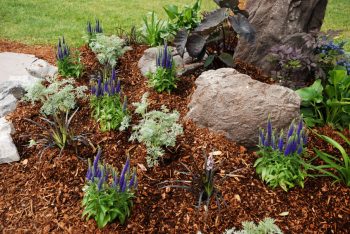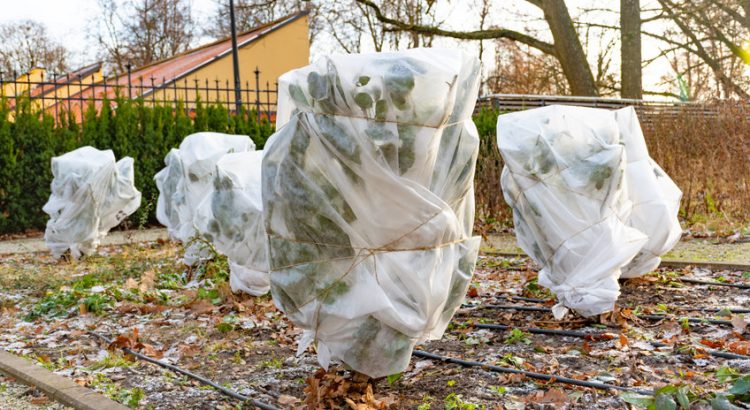How To Protect Plants From Cold Weather
With freezing temperatures fast approaching, it’s important to start thinking about how you will care for your plants this winter.
Temperature and weather are two things that greatly affect the livelihood of your plants.
Cold weather, in particular, can freeze the inside of the plant’s cells, causing them to expand. When the cells freeze, it interrupts the pathways that regulate nutrition and water flow. When that happens it causes the plants to wilt.
The damage of cold weather will be more severe for young plants because they have not fully developed their structure. Nor, do they have the strength to bear the expansion of cell tissues in freezing temperatures.
Keep reading to learn some simple and practical tips to protect your plants this winter.
Select cold-hardy plants
Cold-hardy plants are plants that can withstand winter weather and sometimes even thrive in it. There are many plants and vegetables that are classified as “cold-hardy.” Plants that cannot survive freezing temperatures are known as “tender.”
Our team at Plano Sod is always happy to help out with great landscaping ideas.
Location, location, location
Choose a plant’s location with great care. Choose areas that are not as likely to experience frost damage, such as near fences, benches, and walls.
If these structures are dark-colored, even better. They will soak up the sun’s rays during the day and push out that heat onto your plants throughout the night.
Avoid placing plants in an area where they may come in contact with sunlight in the early morning. Warming up too quickly can cause plants to become limp.
Add mulch
 Adding an extra layer of mulch curbs the growth of winter weeds.
Adding an extra layer of mulch curbs the growth of winter weeds.
Mulching is also very important because it helps insulate and protect the plant’s root system.
Furthermore, mulch keeps water in, which will require less active watering for you.
Water Plants
Water plants a few days before a freeze. It sounds strange, but research shows that wet soil stays warmer than dry soil.
Plants that are drought-stressed will be adversely affected by a freeze because the plants are already struggling to survive.
Cover Plants Before Dusk
You need to cover plants before it gets dark. Covering plants while it is still light out will keep heat in. After nightfall, all the heat has already dissipated.
Cover plants with blankets, tubs, empty milk jugs, or frost cloths. Plants need to be covered all the way down to the soil. This will keep warm air in.
Add a string of holiday lights underneath the blanket or container to provide extra warmth. Make sure they are not LED lights because these do not produce much heat.
Containers of Water
Fill up jugs or other containers with water. Then place these containers next to the plants during the day. The water will get warm in the sun. When you cover your plant, cover the container as well, and the water will slowly release heat throughout the night.
Move Potted Plants
The soil of potted plants will get almost as cold as the temperature, so you need to take the time to move these plants.
Container plants should be clustered together to help survive cold temperatures and reduce the risk of frost damage. The moisture released from the leaves of the plants helps protect them from frost, and the more plants clustered together, the better their chances of survival will be.
If a hard frost is expected, container plants should be moved inside, or into a garage or shed. A blanket can be wrapped around the pots or the entire plant group covered for extra protection.
Conclusion
By taking the steps described above, you can minimize the risk of damage from cold weather.
Protecting your plants from harsh winter weather is relatively simple and does not take much planning on your part.
Your green friends will definitely thank you for providing them with this dose of TLC (tender loving care).
For even more winter lawn care tips, check out another one of our articles, “Do’s and Dont’s of Winter Lawn Care.”




